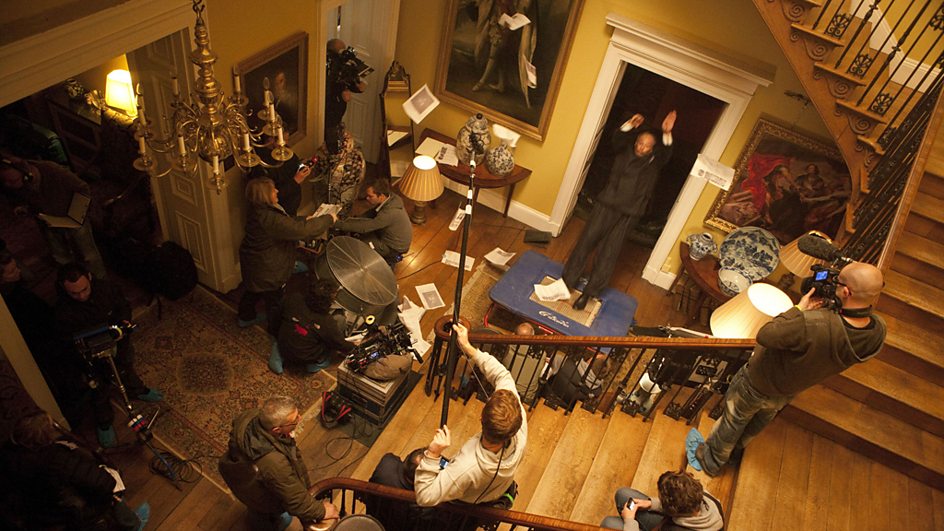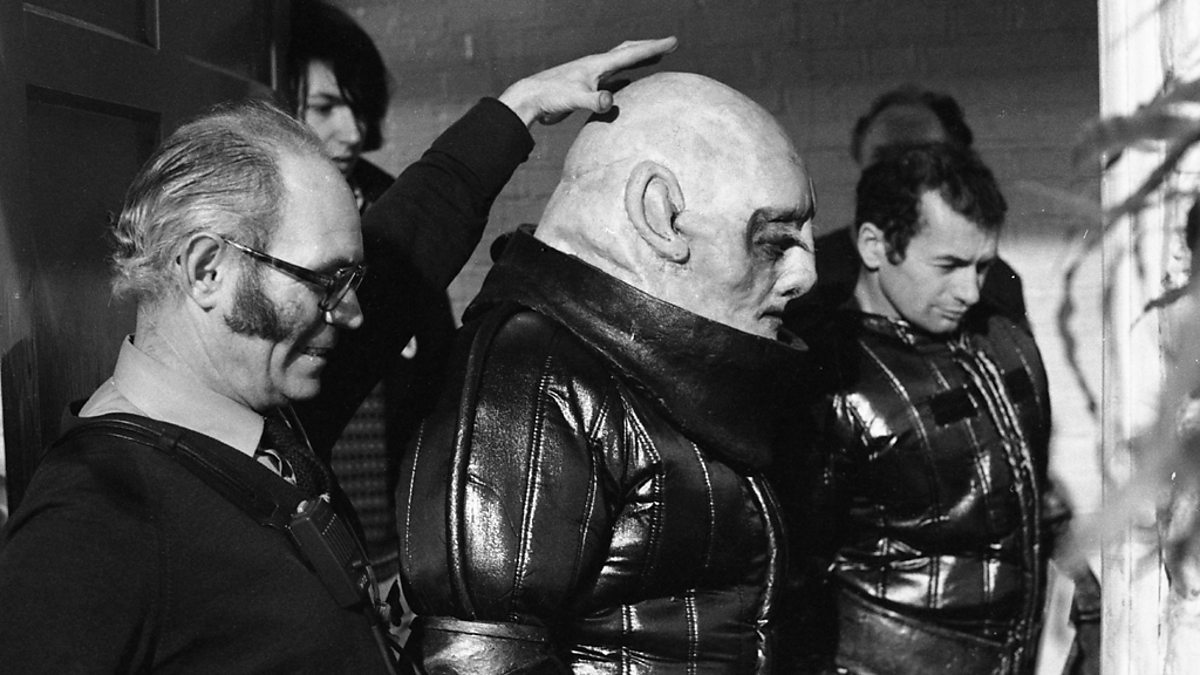

- Doctor who new earth behind the scenes photos full#
- Doctor who new earth behind the scenes photos series#
No doubt a striking, well-choreographed opening, and yet I couldn’t get past the gimmick: the monks never again in the episode exhibit these skills.
Doctor who new earth behind the scenes photos series#
“Tooth and Claw” opens with a sequence unlike anything the series has ever showcased: a group of dangerous-looking monks take over Torchwood Estate in true Crouching Tiger, Hidden Werewolf fashion-brandishing staffs, they flip about in both graceful slow-mo and lightning-fast real time, taking down the estate servitors with ease. And how might the Doctor have been the inspiration for “Hit Me With Your Rhythm Stick”? I mourn this not because their Scottish adventure is lackluster, but because given the Doctor’s propensity for finding trouble, I ponder the potentially sinister plot brewing behind the scenes of a rock concert.

(The Doctor half-jokes, “What else is the TARDIS for?”) But alas-a wee lass?-the TARDIS materializes in 1879 Scotland. It’s refreshing, after years of vicarious TARDIS travel, to see the device used in a manner which I’d likely exploit. Had I a time machine, there would be countless sights to behold, but near the top of the list would be mythic, classic concerts I was too young to attend. Who episode “Tooth and Claw” is the Doctor’s attempt to take Rose to see Ian Dury and the Blockheads in 1979. Suomi NPP is the result of a partnership between NASA, NOAA and the Department of Defense.One of the great conceits of tonight’s Dr. Caption by Aries Keck and Mike Carlowicz. The view is from a distance of about 45,000 kilometers (28,000 miles). It was taken by the Apollo 17 astronauts as they traveled to the Moon. Of course, the original Blue Marble image is actually a photograph-not a composite view. Even after all of these years, the Blue Marble is still the most popular and most downloaded image on our site.
Doctor who new earth behind the scenes photos full#
By 2007, the resolution of this full Earth “Blue Marble” was up to 86,400 pixels by 43,200 pixels. The width of the swaths covered by each pass of VIIRS is about 3,001 kilometers (1,865 miles).Ī decade ago, members of the Earth Observatory team pulled together about 10,000 satellite scenes collected over 100 days, and created a 43,200-pixel by 21,600-pixel map of the Earth.

The graphic above illustrates how separate images in red, green, and blue wavelengths are combined to make natural-color imagery, and how multiple, adjacent swaths-slices of Earth viewed on each satellite pass-get built into a composite. The four vertical lines of haze are caused by sunglint, the reflection of sunlight off the ocean. The natural-color images come from the Visible Infrared Imaging Radiometer Suite (VIIRS) on the satellite. Kuring managed to “step back” from Earth by combining data from six separate orbits Suomi NPP made on January 23, 2012. The perspective of this new image, however, is from 12,743 kilometers (7,918 miles) above a point at 10 degrees South latitude and 45 degrees East longitude. Have you ever considered how these images get made? The image above, of Earth’s eastern hemisphere, was built from data collected by the Suomi NPP satellite, which flies in a polar orbit at an altitude of 824 kilometers (512 miles). The wave of interest is still spreading across the Internet and social media. In the last week of January 2012, one of our NASA science colleagues, Norman Kuring, took some fresh data from the newest Earth-observing satellite, projected it on a disk, and voila.three million people viewed the image in a week. People love images of the full disk of Earth as it would appear from space.


 0 kommentar(er)
0 kommentar(er)
